5 Ways To Lead Change In A Change-Averse Environment
Despite the constancy of change in today’s global marketplace, the environment for change in many organizations is unfriendly at best. Few organizations have the appetite for change found at Facebook, Google, Amazon, and other innovative firms. I work extensively with CPAs, CFOs, and other technical professionals; a group not known for its propensity to change.
As a leader, you recognize that when the pace of internal change lags the pace of change in the external environment . . . well, it’s not good news. But what do you do in a context that resists change? How can a leader initiate and navigate change in a change-averse industry or culture? Here are five approaches to overcome barriers to change in these situations.
1. Launch a “CEO for a Day” forum.
Host town meetings with workers from across all levels of your organization to ask what they would do differently if they were CEO for a day. Offer a structured brainstorming conversation that invites new ideas. Start with questions that generate ways to improve current practices. Then move to explore new opportunities.
Leverage these gatherings to open your team to ideas for improvement, growth, or new opportunities. Workers are more apt to support change initiatives when they’ve been a part of forming them.
2. Host an “If We Were the Competition” discussion.
Invite a cross-section of employees to view your organization as if they worked for your top competitors. Encourage them to point out weaknesses that could put the organization at a competitive disadvantage.
Ask questions like, “How would our top competitors attack us if they had inside information?” Or, “What weaknesses make us vulnerable to losing customers or market share?” Flipping the conversation will prompt your team to think critically about things that need to change.
3. Form an innovation team.
In 1943, Lockheed Martin commissioned an engineer to create an experimental team to begin work on a secret fighter jet for the U.S. Army. The name Skunk Works originated from the bad smell near the rented circus tent in which the team worked. The company website shares the full story of how this team delivered the new fighter jet and sparked an innovative culture at Lockheed Martin.
Your innovation team need not operate with the same degree of secrecy as Skunk Works but should be given the autonomy to explore and develop new and innovative projects. Include workers from all areas of the organization critical to the project’s success. It should be led by forward-thinkers, but consider including a skeptic or two to ensure hard questions are asked.
4. Create a pilot program.
This approach invites commitment to change as a trial run. Framing a new initiative as a pilot program eases fears of “betting the farm” or putting workers’ jobs at risk.
Conduct a structured review of the pilot program at regular intervals, so skeptical team members know it is being carefully scrutinized. This creates an iterative process where the new program can be retooled or enhanced as it is being developed.
5. Provide an innovation budget.
The fear of losing money on a new initiative is enough to kill it without further consideration. Allocating resources for new ideas shows a willingness to fund them without expectation of immediate return.
Every annual budget should include funds for innovation, even if new ideas are yet to be identified. Plan for them to emerge as the year goes on. This helps overcome the “it’s not in the budget” argument against such initiatives. At the same time, quantifying the allocation ensures the organization doesn’t open a bottomless pit.
Don’t be afraid to push the envelope
After all, that’s what a leader does. Be mindful of your employees’ and customers’ appetite for change as you consider how fast and far to push the envelope. But don’t neglect to push it. Try these approaches and start gaining new momentum on your change initiatives.
This article was first published on the LeadChange blog on December 12, 2017.
Photo credit: Copyright: <a href=’https://www.123rf.com/profile_thingass’>thingass / 123RF Stock Photo</a>









